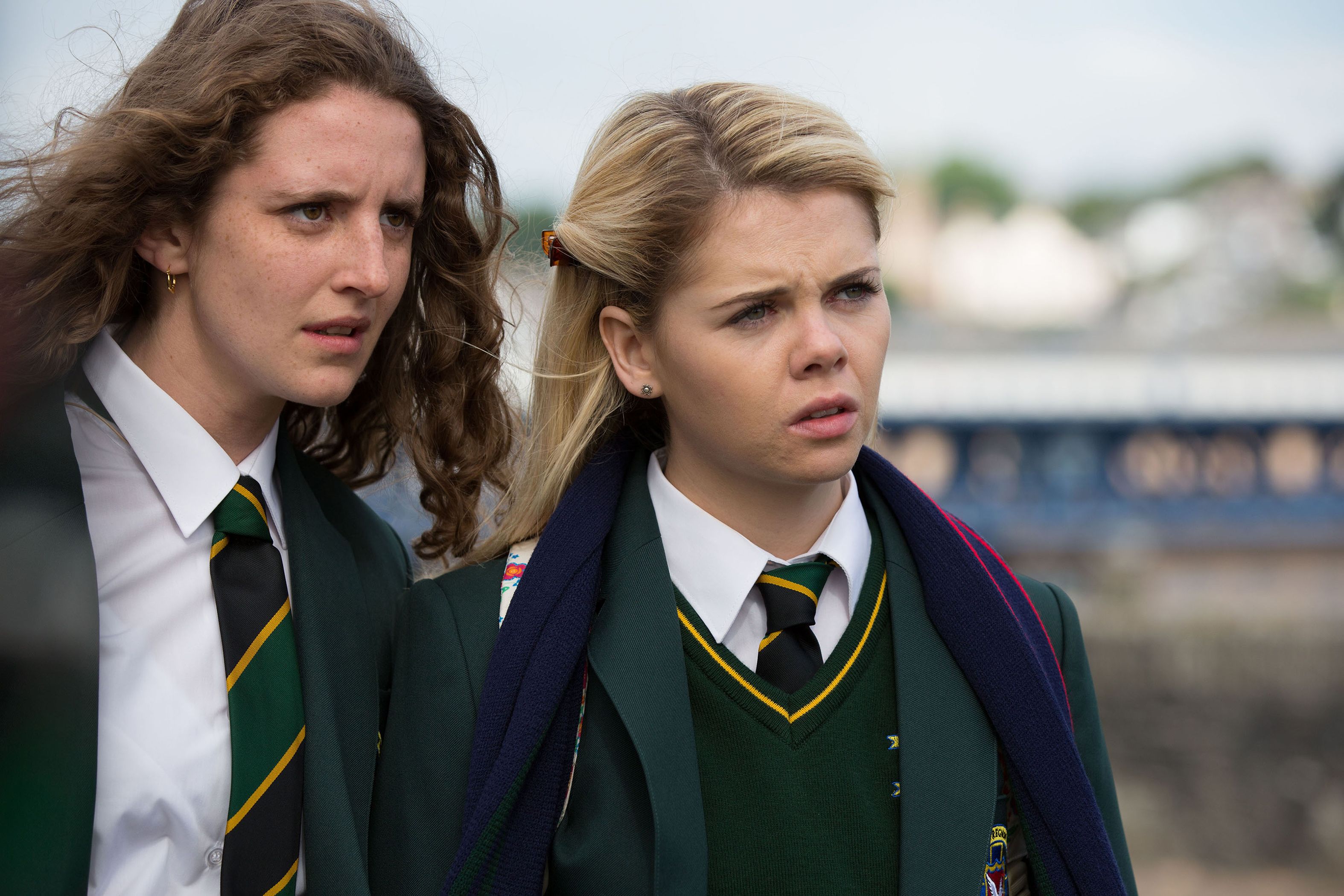Why Does Everyone Watch TV with Subtitles
How often do you watch TV shows and movies at home with the subtitles on? If the answer is “all the time,” then you’re not alone. As at-home audiences have entered the streaming age, subtitles and closed captions for series and movies have only grown more and more accessible.
While those can be vital and necessary tools for the hard of hearing and anyone watching a project not in their native language, for a lot of people, it’s become the default to put them on no matter what. In a 2022 survey of 1,200 people, language learning company Preply determined that 50 percent of Americans used subtitles and closed captions the vast majority of the time they watch content.
Why? Generally speaking, there are three reasons. The first is that, for a lot of people, it’s become a lot harder to understand dialogue on the TV. That’s the top reason cited in the Preply survey, with nearly 72 percent of respondents who use closed captions marking that as one of the main reasons why.
The causes behind muddled dialogue are many, multifaceted, and might vary between person to person. For some, the problem is the design of modern televisions; the majority of which place internal speakers at the bottom of the set instead of facing towards the audience, causing significantly worse audio quality. Other issues are caused by sound designs optimized for theatrical experiences, which can result in compressed audio when translated to home. Whatever the reason, a lot of people struggle to hear dialogue now, so turning on closed captioning to decipher what people are saying has become a no brainer move.
Beyond technical issues, many people are also simply more used to using subtitles, which makes keeping them on a habit instead of a distraction. As to why they are used to them, one needs to only look at the meteoric rise of availability and consumption of foreign language content on streamers.
A 2020 survey by Parrot Analytics — which specializes in researching entertainment consumption trends — reported that non-U.S. shows accounted for nearly 30 percent of the demand for TV by U.S. audiences during the third quarter of 2020. And that was a whole year before Korean sensation “Squid Game” became the biggest show in the streaming world.
Even when the show is in English, that doesn’t necessarily mean it’s easy to understand what people are saying. More people than ever are watching British TV, for example, and might need closed captions in order to unpack all of those wild dialects in the latest season of “Love Island” or understand the Irish accents of “The Banshees of Inisherin” and “Derry Girls.” Preply’s survey states that this is the second most common reason people use subtitles, with 61 percent of respondents citing it as a factor. If people get used to using subtitles where it’s basically required, it becomes a matter of habit to keep them in use even when watching American productions.
The third and final reason behind the change is a simple matter of trends and demographic changes; Gen Z is, overwhelmingly, the generation most likely to be turning on subtitles according to Preply’s numbers, with 70 percent of respondents in the generation saying they use closed captions “most of the time” compared to 53 percent of Millennials, 38 percent of Gen X, and 35 percent of Baby Boomers. As to why Gen Z likes to turn on text while watching their shows, part of it is that people in the generation grew up watching videos on social media, where subtitles are the algorithmically encouraged default.
Another reason is that Gen Z displays starkly different viewing habits than Baby Boomers in terms of where they’re watching their movies and shows. According to Preply, 57 percent of all Americans watch shows or movies or videos in public on their mobile devices, but a very significant 74 percent of Gen Z do the same. Even if you’re (hopefully) using headphones while in public, it’s likely you’re getting poor audio quality and hearing background noise if you’re watching “The Irishman” on public transit. In this environment, subtitles are practically a necessity, if you want to understand what’s going on on your screen. So, contrary to what Bong Joon-ho might have once said, for a lot of people subtitles aren’t a barrier — more and more, they’ve become a window in.
Source: IndieWire


